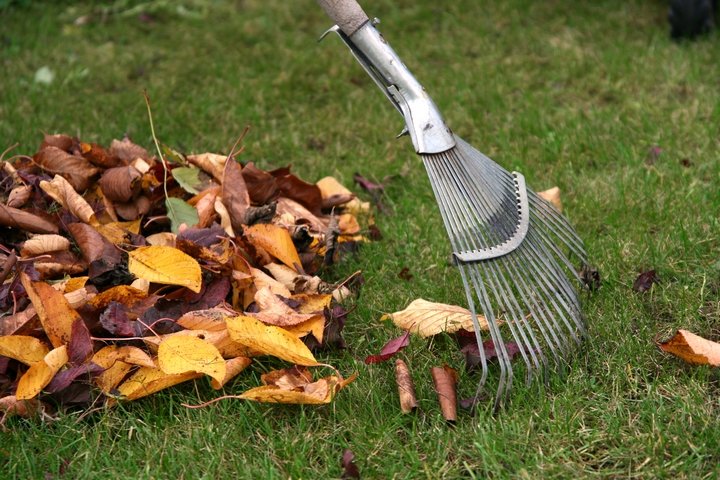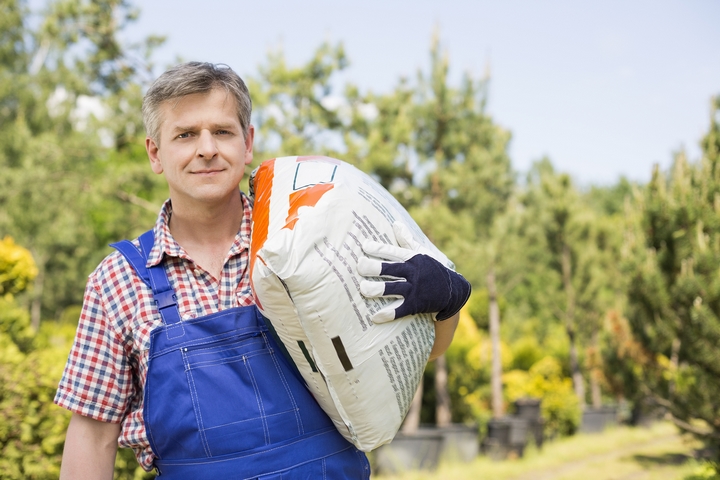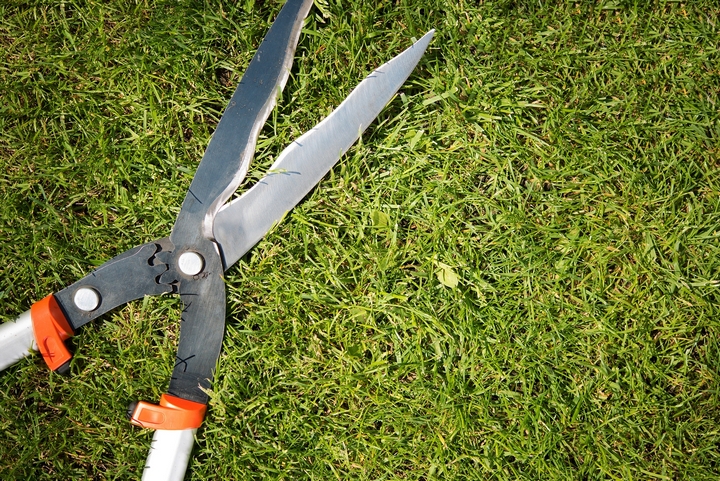Taking good care of your lawn is not as easy as it might seem, but it doesn’t have to be very complicated either. If you would like to learn more about proper lawn fertilization, here are a few helpful facts for you.
1. Spring and fall are the right time to fertilize your lawn

Grass actively grows during the spring and during the fall, so it’s best to start fertilizing your lawn somewhere in May or in April. You should then fertilize your lawn again between September and November, to help grass develop a strong root system.
2. You need to understand those numbers on your fertilizer bag

Have you ever noticed those three numbers on your bag of fertilizer? Do you know what they stand for? The first number indicates the percentage of nitrogen present in the fertilizer. The second number is for the percentage of phosphorus, and the third number is for the percentage of potassium. It’s important to choose the right fertilizer for your lawn.
3. Nitrogen helps grass grow
Nitrogen is important if you are trying to maintain a beautiful and healthy lawn. When a lawn is fed with a fertilizer that contains nitrogen, the grass absorbs nitrogen and uses it to grow strong and healthy. If there is no nitrogen in the soil, the grass will turn yellow.
4. Phosphorus promotes root growth
https://www.youtube.com/watch?v=lZKgjqXnqVA
Phosphorus, or phosphate, is added to most fertilizers to promote strong root growth. As it moves easily with water, it gets absorbed by grass roots, and helps them stay healthy. If there isn’t enough phosphorus in your soil, your grass will not grow properly.
5. Potassium helps make grass stronger
Potassium is another element needed by grass. When grass receives enough potassium, it becomes better equipped to withstand stress, drought, cold, and disease. If your grass has a potassium deficiency, it will get damaged more easily, and will take more time to recover from damages.
6. You might want to get your soil analyzed

It could be a good idea to get your soil analyzed by lawn care experts. Some soils, for example, are already high in phosphorus, and more phosphorus is the last thing they need. With a soil test, you will know exactly what your lawn needs, and what it doesn’t need.
7. Grass clippings are a free fertilizer

What do you do with grass clippings when you mow your lawn? You might want to leave them on your lawn so it can enjoy some free fertilizer. Grass clippings will decompose quickly and provide the soil with some nutrients. You will then be able to reduce the amount of fertilizer you will need.
8. Less is more

Sometimes, less truly is more. In some cases, using no fertilizer at all might be better for your lawn than using too much of it. If you are unsure if you are using the right fertilizer, don’t hesitate to ask a local lawn care expert for some more helpful advice.

